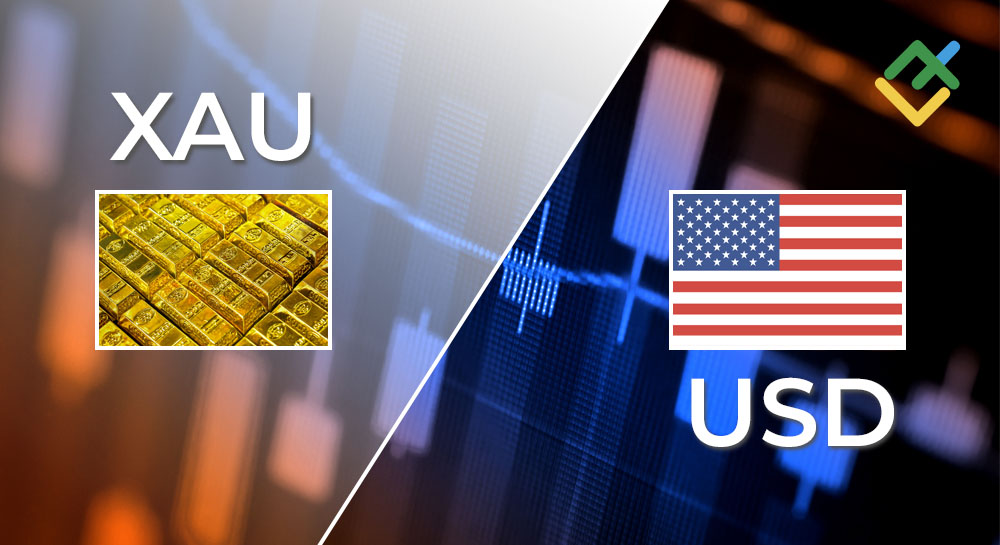
The recent dip in copper prices has investors questioning whether now is the time to buy. UBS analysts have weighed in, providing a nuanced view on the current and future outlook for copper.
According to UBS, speculative momentum rather than fundamentals pushed copper prices to near-record highs in May.
Investors were said to be positioning for medium-term structural deficits driven by secular energy transition demand growth and mine supply constraints. However, UBS believes the focus has now shifted to near-term demand risks, particularly in China, along with a lack of tangible improvement in Europe and the U.S.
UBS notes, “Near-term fundamental signals for refined copper remain weak,” pointing out that weak data and lack of support from China have exacerbated the situation.
The bank’s analysts state that this shift has led to a 60% decline in LME net long positioning and a 20% correction in the copper price.
Furthermore, UBS feels near-term fundamentals have deteriorated more than expected, with increasing inventories and a surge in China’s refined exports.
The weakness in demand for refined copper has been accentuated by mid-stream destocking and state grid delays in purchases. “European demand may not be getting materially worse… but it is not getting any better,” UBS adds, highlighting persistent weak sentiment in the region.
On the supply side, the bank says major copper miners are trimming their production forecasts. Despite tightness in the concentrate market, refined output remains robust, especially in China.
UBS expects smelter cuts to materialize in late 2024 or early 2025 when the annual benchmark treatment charge resets lower.
Despite these short-term challenges, UBS remains optimistic about copper’s medium-term outlook. The analysts state, “Secular demand drivers (renewables, grids, EVs) remain largely intact.” They foresee a tightening physical market over the next 6-12 months, driving higher prices.
Overall, while near-term fundamentals are weaker, the long-term outlook for copper remains positive, according to the investment bank.
This post is originally published on INVESTING.



